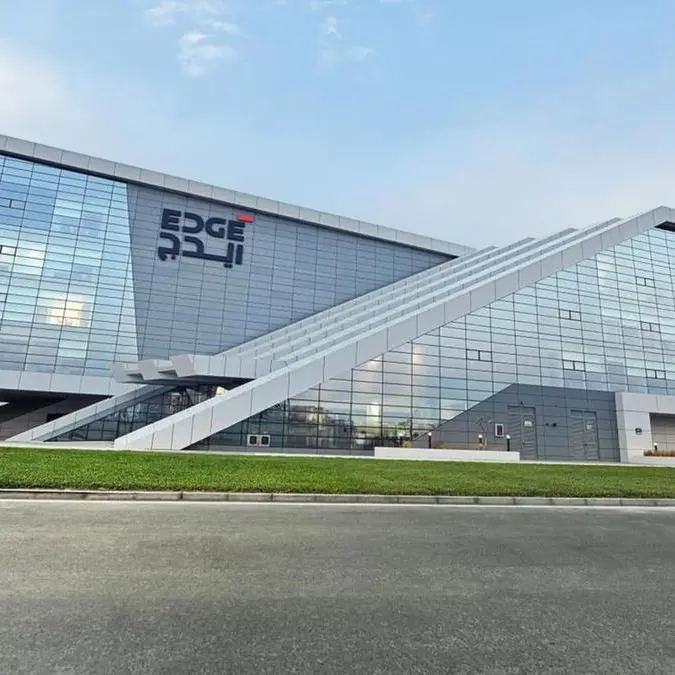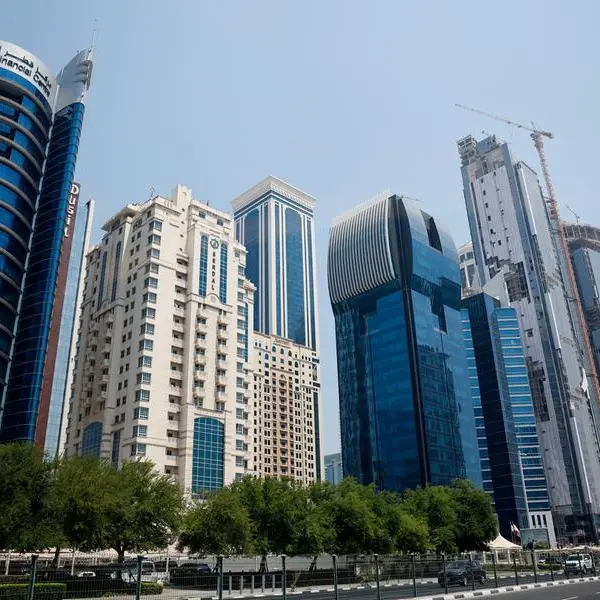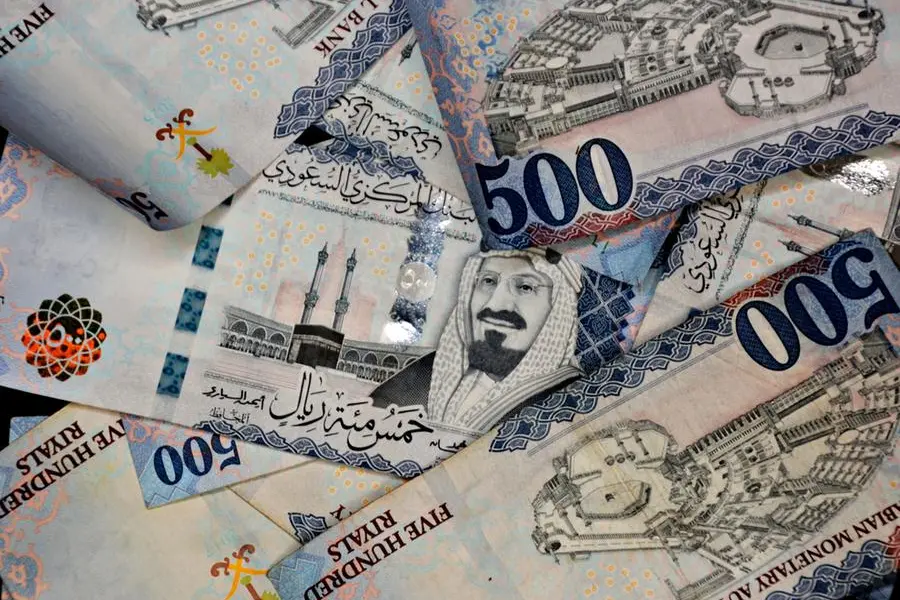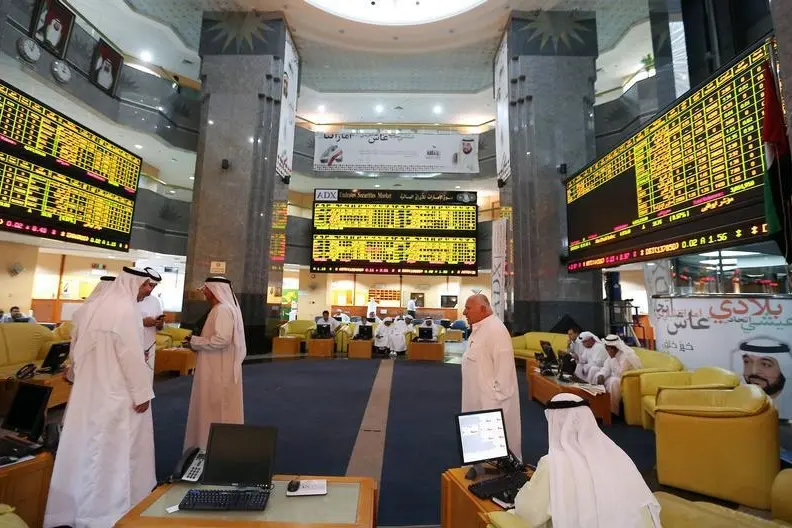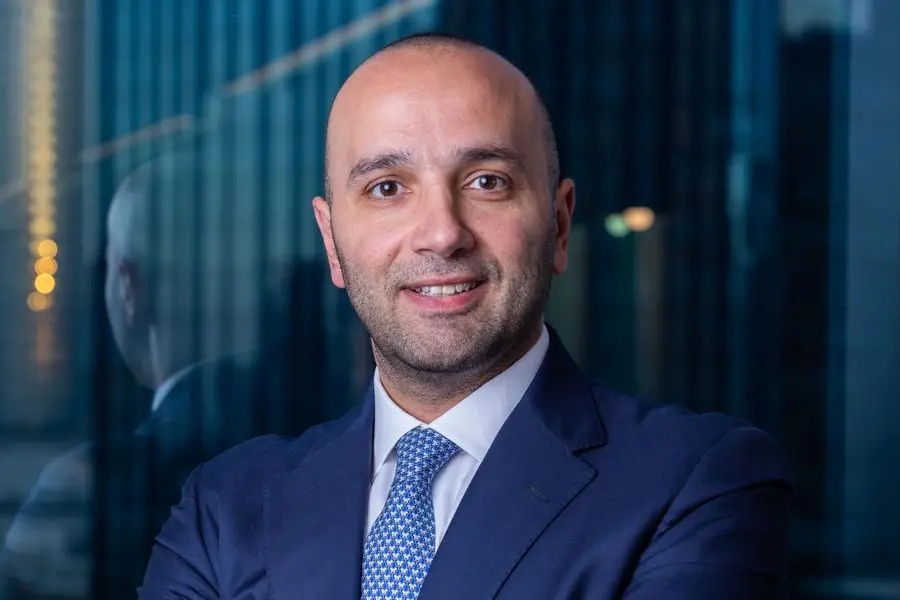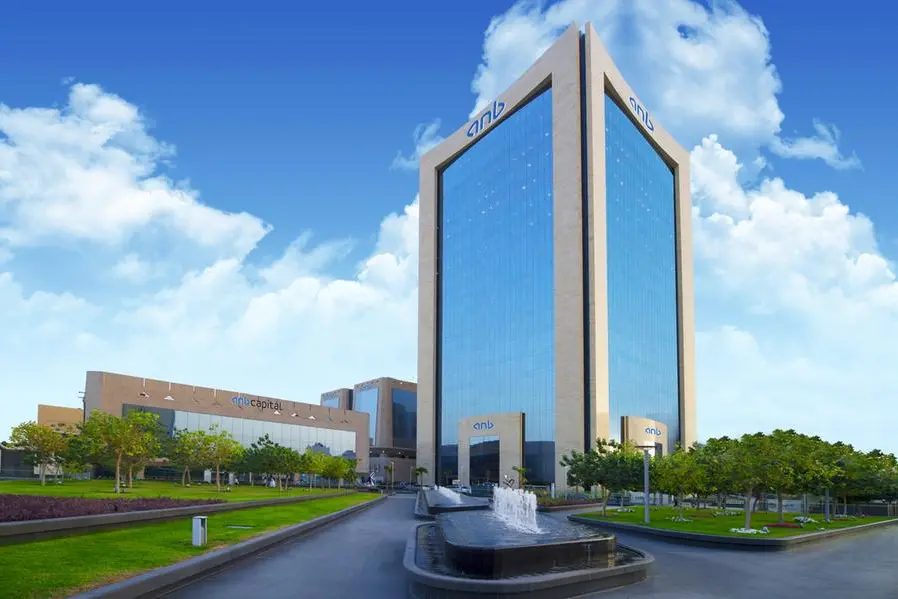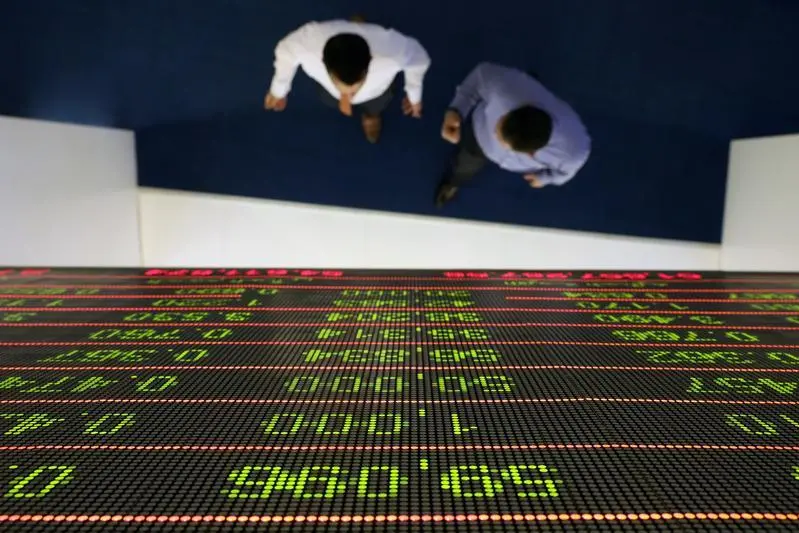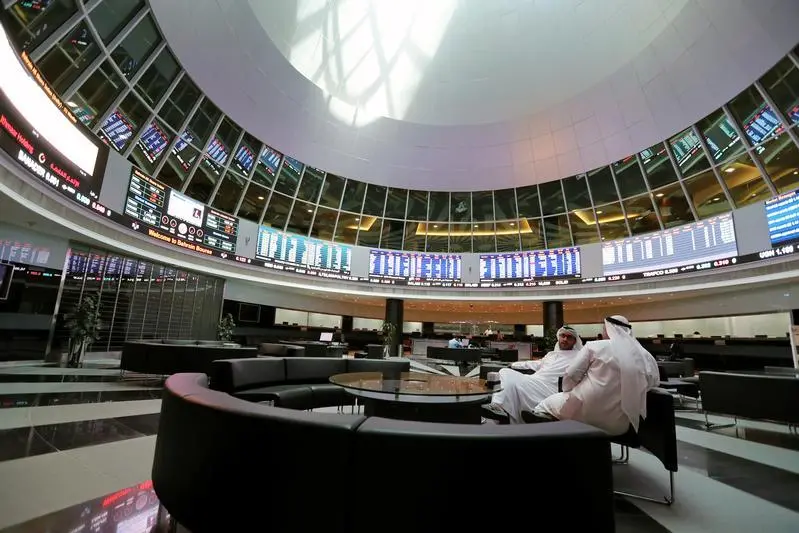With American consumers spending freely and many supply chains still snarled, year-over-year inflation may have notched yet another four-decade high in January.
The factors that have accelerated prices since last spring remain largely in place: Wages are rising at the fastest pace in at least 20 years. Ports and warehouses are overwhelmed, with hundreds of workers at the ports of Los Angeles and Long Beach, the nation’s busiest, out sick last month. Many products and parts remain in short supply as a result.
And reports indicate that the expiration of stimulus checks and other government aid has yet to slow Americans’ appetite for shopping.
Economists have forecast that when the Labor Department reports January’s inflation figures Thursday, it will show that consumer prices jumped 7.3 percent compared with 12 months ago, according to data provider FactSet. That would be up from a 7.1 percent year-over-year pace in December and would mark the biggest such increase since February 1982.
At the same time, other figures could suggest that the price increases have begun to slow. When measured from December to January, consumer inflation may have declined for a third straight month. Analysts have predicted that prices rose 0.4 percent from December to January, compared with 0.6 percent from November to December and 0.7 percent from October to November.
Still, the fastest year-over-year inflation in 40 years has wiped out the benefit of rising paychecks for most Americans, leaving them less able to afford food, gas, rent, child care and other necessities. Inflation has emerged as the biggest risk factor for the economy and a serious threat to President Joe Biden and congressional Democrats as midterm elections loom later this year.
The Federal Reserve and its chair, Jerome Powell, have pivoted sharply away from the ultra-low-interest rate policies that the Fed has pursued since the pandemic devastated the economy in March 2020. Powell signaled two weeks ago that the central bank would likely raise its benchmark short-term rate multiple times this year, with the first hike almost certainly coming in March. Investors have priced in at least five rate increases for 2022.
Over time, those higher rates will raise the costs for a wide range of borrowing, from mortgages and credit cards to auto loans and corporate credit. For the Fed, the risk is that in steadily tightening credit for consumers and businesses, it could trigger another recession.
Many large corporations, in conference calls with investors, have said they expect supply shortages to persist until at least the second half of this year. Companies from Chipotle to Levi’s have also said they will likely raise prices again this year, after having already done so in 2021.
Chipotle said it has increased menu prices 10 percent to offset the rising costs of beef and transportation as well as higher employee wages. And the restaurant chain said it would consider further price increases if inflation keeps rising.
“We keep thinking that beef is going to level up and then go down, and it just hasn’t happened yet,” said John Hartung, the company’s chief financial officer.
Yet executives at Chipotle, as well as at Starbucks and some other consumer-facing companies, have said their customers so far don’t seem fazed by the higher prices.
Levi Strauss & Co. raised prices last year by roughly 7 percent above 2019 levels because of rising costs, including labor, and plans to do so again this year. Even so, the San Francisco-based company has upgraded its sales forecasts for 2022.
“Right now, every signal that we’re seeing is positive,” CEO Chip Bergh told analysts.
Many small businesses, which typically have lower profit margins than larger companies and have struggled to match their sizable pay raises, are also raising prices. The National Federation for Independent Business, a trade group, said it found in a monthly survey that 61 percent of small companies increased their prices in January, the largest proportion since 1974 and up from just 15 percent before the pandemic.
“More small business owners started the new year raising prices in an attempt to pass on higher inventory, supplies and labor costs,” said Bill Dunkelberg, chief economist at the NFIB. “In addition to inflation issues, owners are also raising compensation at record-high rates to attract qualified employees to their open positions.”
Those pay gains could force additional price hikes in the future as companies seek to cover the costs of the extra wages.
In the past year, sharp increases in the cost of gas, food, cars and furniture have upended many Americans’ budgets. In December, economists at the University of Pennsylvania’s Wharton Business School estimated that the average household had to spend $3,500 more to buy the same amount of goods and services than they did in 2020.
Copyright: Arab News © 2022 All rights reserved. Provided by SyndiGate Media Inc. (Syndigate.info).






